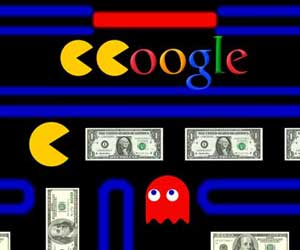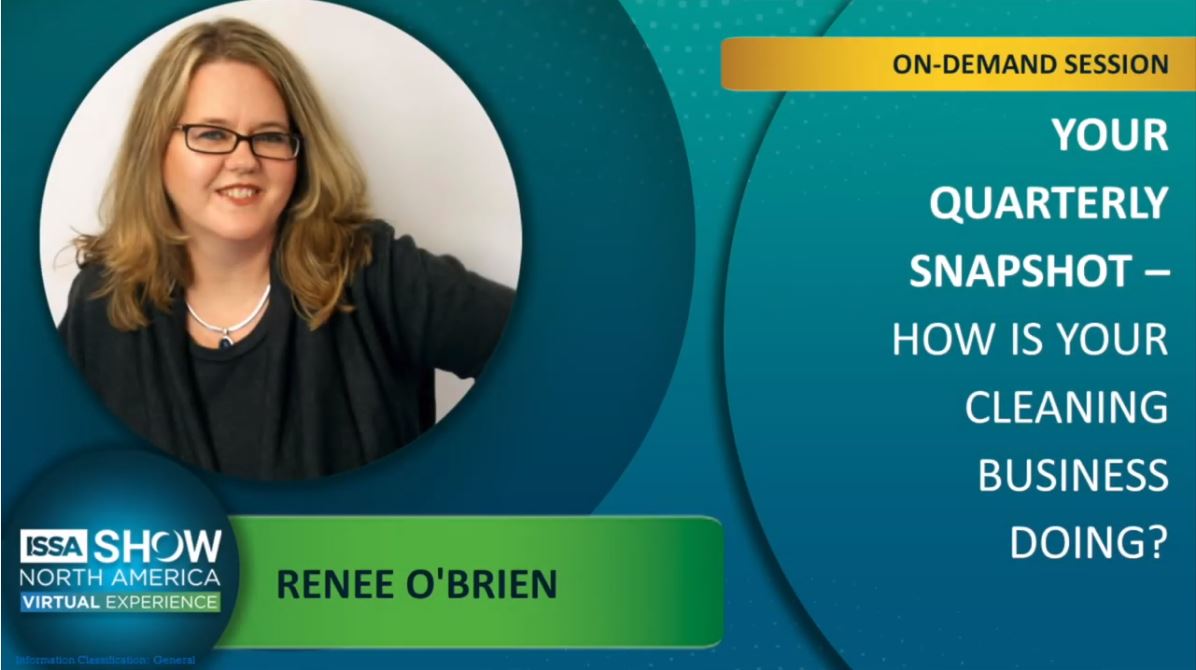When it comes to Google AdWords, work smarter, not harder. I stumbled across the term “Google AdWords Inflation” a couple of weeks ago, and it got me thinking. I rarely appreciate stories that began “I remember when you could buy a candy bar for a nickel,” but in this case I need to make an exception. I went back and pulled some data that showed that my house cleaning company, Castle Keepers, was paying an average of $2.68 per click for the keyword “Charleston house cleaning” in 2009. Using Google’s Keyword Planner, I learned for the same area I would be paying on the average $17.87 per click today. If you run the numbers, that is an annual inflation rate of almost 50% per year. (Click thumbnail to view infographic.)
I stumbled across the term “Google AdWords Inflation” a couple of weeks ago, and it got me thinking. I rarely appreciate stories that began “I remember when you could buy a candy bar for a nickel,” but in this case I need to make an exception. I went back and pulled some data that showed that my house cleaning company, Castle Keepers, was paying an average of $2.68 per click for the keyword “Charleston house cleaning” in 2009. Using Google’s Keyword Planner, I learned for the same area I would be paying on the average $17.87 per click today. If you run the numbers, that is an annual inflation rate of almost 50% per year. (Click thumbnail to view infographic.)
There are a number of variables that determine cost per click, so I would be careful to extrapolate too much from these numbers. However, I do think it is safe to assume AdWords advertising is more expensive today than it used to be. If you think about it, this should not be a surprise.
The number of total internet searches per year is estimated to be growing at about 10% a year. The number of cleaning companies that are developing an online presence and are competing for these searches is growing too. Throw in all the lead generation, review, and virtual marketplace sites that want these same searches, and it is easy to see that the number and sophistication of competitors for keywords is growing. However, the number of useful keywords is relatively the same now as it was in 2009. An economist would describe this as an “inflationary environment.”
Back in 2009, most websites were referred to as “brochure sites,” and were designed to pique a prospect’s interest so they would contact you for more information. In this case, it was probably worth a couple of dollars just to get someone to your website, with the hope that enough of those visitors would call for more information and you could turn a respectable number of them into clients. This approach often made sense even if the visitor-to-client ratio was low.
But as the cost-per-click amount rises, your visitor-to-client ratio needs to rise as well. All of this raises the question of how much a cleaning business should pay for a click? The answer depends on what happens after that click.
Step 1: Turn Clicks into Leads
Is your website generating qualified prospective clients?
Before a visitor to your website can be converted to a regular client, they must first become a prospective client, or lead. This can be as simple as a visitor on your website dialing your company phone number on the landing page for more information to as sophisticated as an online booking tool. Your sales process should track where every leads originates, and your website analytics will tell you how many people are visiting your website and how they are getting there.
Remember, not all leads are “good” or “qualified” leads, but you have to pay for that click regardless of whether you accept the lead as a good client later.
For a refresher on how to track lead sources, use this KPI video demonstrating Lead Generation Tracking.
Step 2: Turn Leads into Sales/Clients
Does your sales process convert leads to reoccurring clients?
Leads are great, but as the old saying goes, nothing happens until you sell something.
The more you pay for a lead, the more important it is to convert them to reoccurring clients. Said another way, if you don’t covert the lead to a sale, you don’t recover the cost of that click that you paid to Google. The conversion rates in the following examples illustrate just how large an investment you could be making per client with today’s rates relative to 2009 rates.

For a refresher on how to calculate your company’s conversion rates, use this KPI video demonstrating a Lead Conversion Calculator.
Step 3: Know your Company’s Lifetime Value of a Client
How much money will you make off a new client?
If you the average number of cleanings you get from a reoccurring client and the average revenue per cleaning, you can calculate the lifetime value of a client. Knowing the average lifetime value of a client allows us to calculate our breakeven point to pay for our advertising and how the revenue from that client is distributed between labor, advertising, and the company.
For a refresher on calculating your clients’ lifetime value, use this KPI video on Calculating the Average Lifetime Value of a Client.
Step 4: Know Your Breakeven Point before Committing to Any Paid Advertising
How long will it take to recoup my advertising expense?

All things being equal, if you’re paying today’s rates for the same AdWords, it could take you as long as 1 full year of that client paying for bi-weekly service before you start making any profit from that client. Why? Because you’re keeping significantly less of that client’s fees in your bank after expenses.
In 2009 at $2.68/click, only a small portion – about 5% – of the cleaning fee was paid to Google for the cost of that lead. But in 2014 at $17.87/click, a much heftier portion of the cleaning fee is paid to Google, closer to 30% and cutting your net profit on the job in half.
Step 5: Make Stronger, Targeted Advertising Choices
While it is no longer practical to purchase general traffic AdWords clicks at today’s rates and process those clicks the way we did five years ago, crafting a focused and targeted AdWords Campaign can be a powerful use of your advertising dollars:
1) Use online tools and seek expert advice to lower your cost per quality click.
2) Design and frequently revise your website to maximize your qualified leads per click.
3) Develop a sales process that improves your lead-to-client conversion rate and maximizes your reoccurring clients per lead.
4) Develop campaigns designed to attract specific target markets, using more unique keyword chains at lower cost-per-click. 5) Reduce client turnover and keep your bill rates current to maximize the average lifetime value of a client.
Your marketing and advertising of your company is personal; so even if you hire a service to manage your AdWords and campaigns, make sure you keep up to date on the latest changes and rates as well as the success rate of the keyword chains and campaigns you’re paying for. When you work smarter rather than harder, you can achieve the goals you’ve set more quickly and easily.






